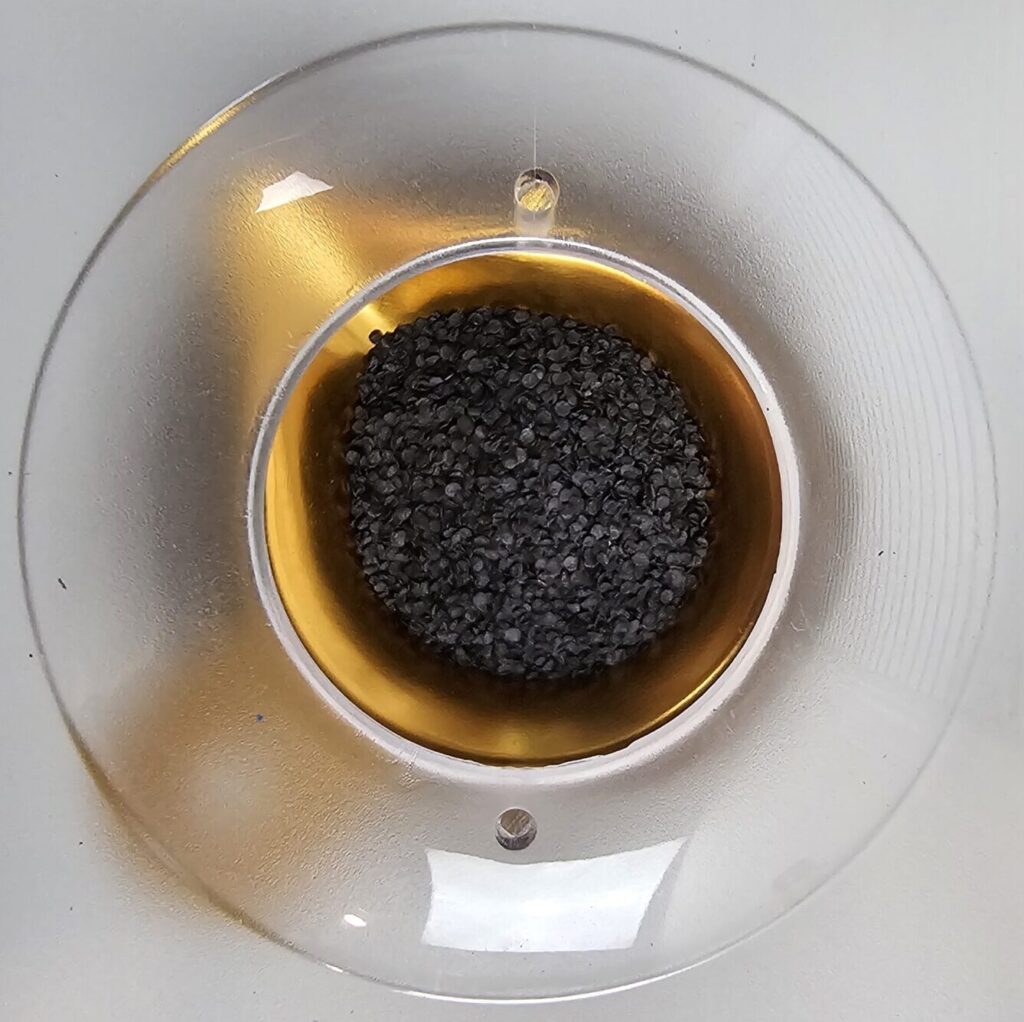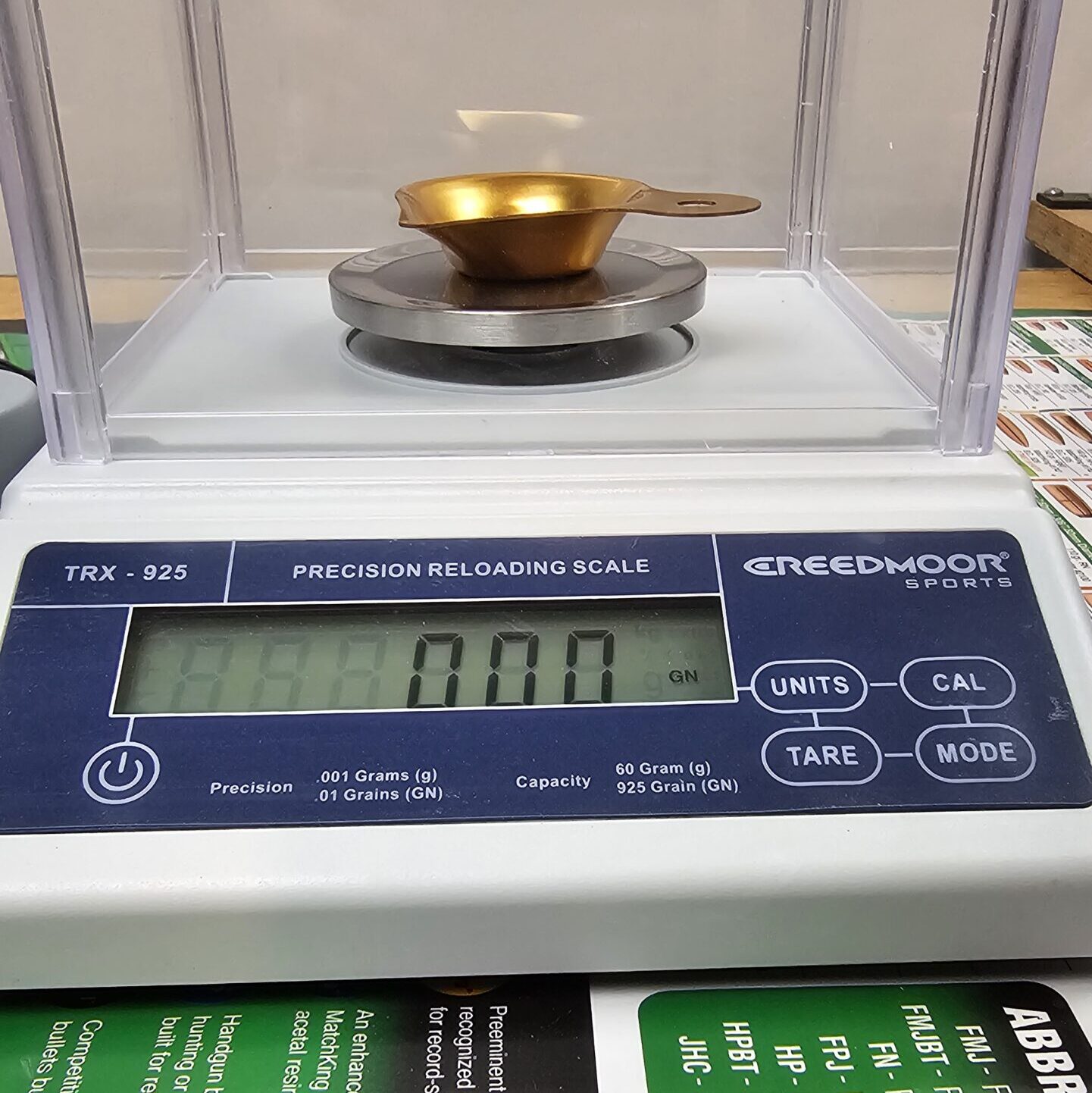
Checking Out The Creedmoor Sports TRX-925 Precision Reloading Scale
Overview:
Toady we are taking a look at the Creedmoor Sports TRX-925 Precision Reloading Scale. It was designed specifically for the precision reloader in mind. Let it be known: I am by no means a “precision reloader”. But, I do have a slight degree of perfectionism (or is it OCD?) that increases as my gear allows me to more accurately and and measure what it is I’m working on. If you aren’t in a hurry, which you should never be while reloading, then why not make every round as consistently aspossible?
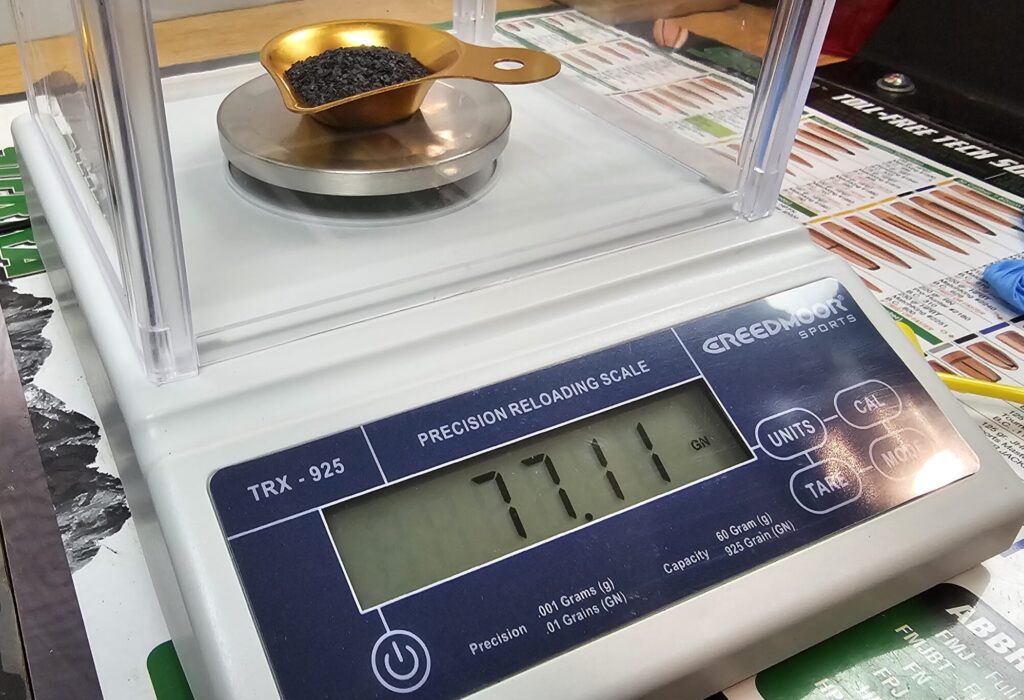
The Creedmoor Sports TRX-925 Precision Reloading Scale is, by far, the most precise digital scale I have had the chance to use. It came well packaged and included easy to follow instructions, as well as some helpful tips to get the best out of your unit. The TRX-925 is not only useful for measuring your powder, but also things like sorting bullets, brass, or even primers!
What’s Included:
- Customizable 4 Wall Draft Shield
- Draft Shield Lid with trickling capabilities
- 3 Lab Grade Stainless Steel Calibration Weights: 2g, 10g, 50g
- Gold Anodized Anti-Static Scale Pan
- Powder Adapter
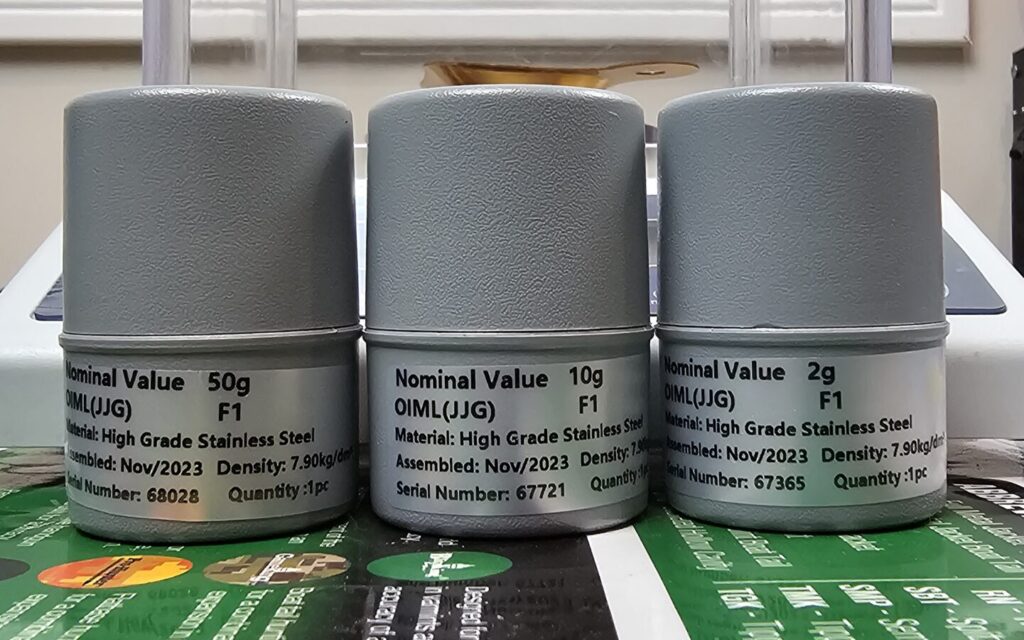
FEATURES:
- Easy to Read Backlit LCD Screen
- 925 Grain Weighing Capacity
- Manufactured in an ISO 9001:2008 Factory
- Included Power Supply
Calibration Sequence:
Upon powering up your scale, it will initiate the calibration sequence. Start with your scale pan removed from the platen before powering on. The scale will first ask for the 2g check weight. Be sure to wear gloves or use tweezers to handle the check weights. Their precision can be negatively effected if they collect excessive dust or oils from handling.
Creedmoor Sports notes that best practices included cleaning the weights regularly with a microfiber cloth. Also, keep them safely in their included storage units when not in use.
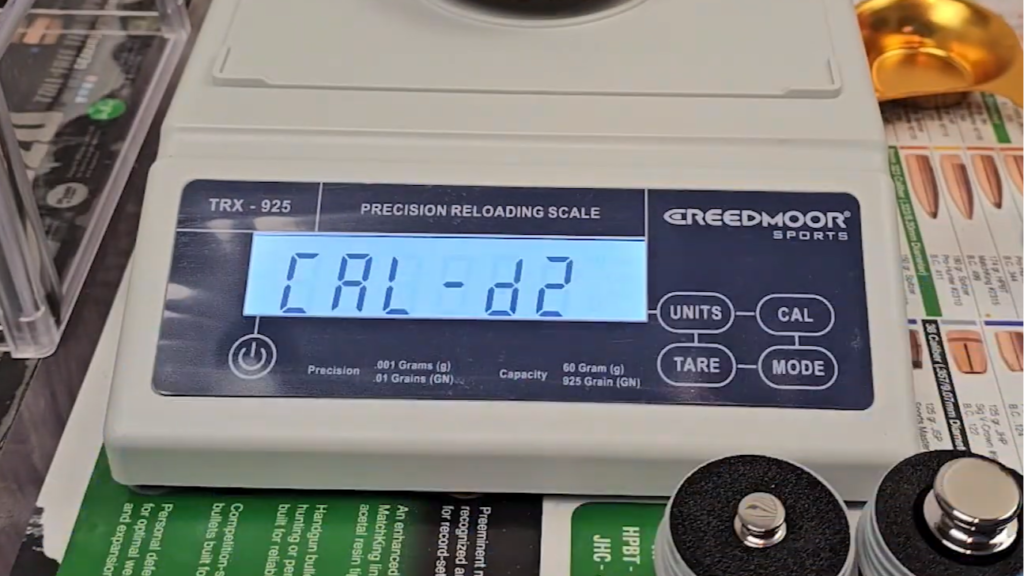
After placing your 2g check weight on the scale, as close to the center as possible, it will display a solid “2.000g” once it has processed the weight. Be sure to place the 2g weight on the scale upon start up quickly enough to avoid it automatically skipping the calibration sequence. It is recommended to calibrate the scale every time you begin a reloading session.
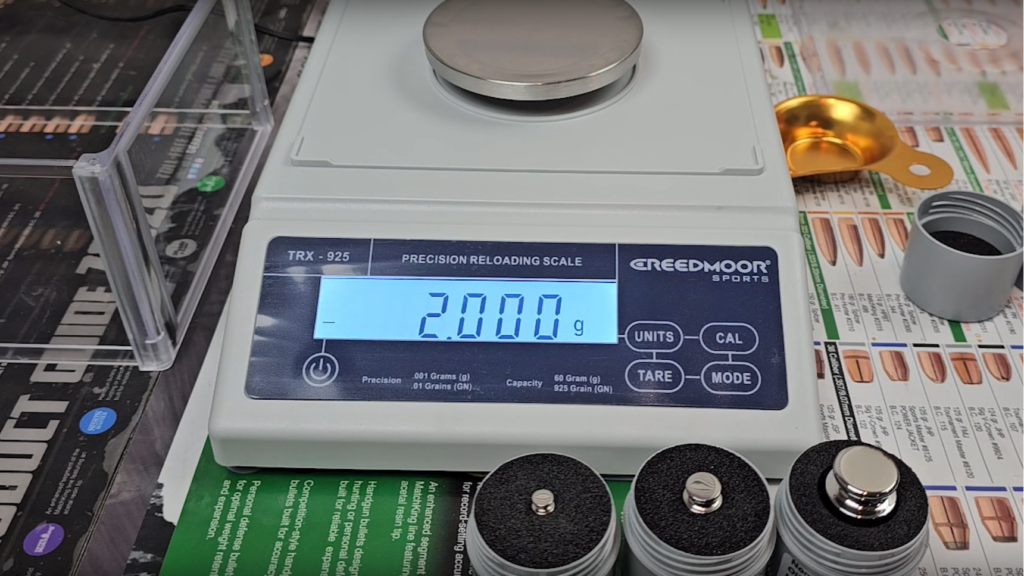
Once you remove the 2g weight, the scale will soon ask for the 10g check weight. Again, after a short time, the screen will display a solid “10.000g” once you have let it rest. Remove the 2nd weight and repeat for a final time with the 50g check weight. Once the 50g weight is confirmed, the screen will flash “50.000g” and quickly switch to the previous unit of measure you had last selected. That was Grains in my case, so the scale now read “771.62gr” with the 50g check weight settled on top.
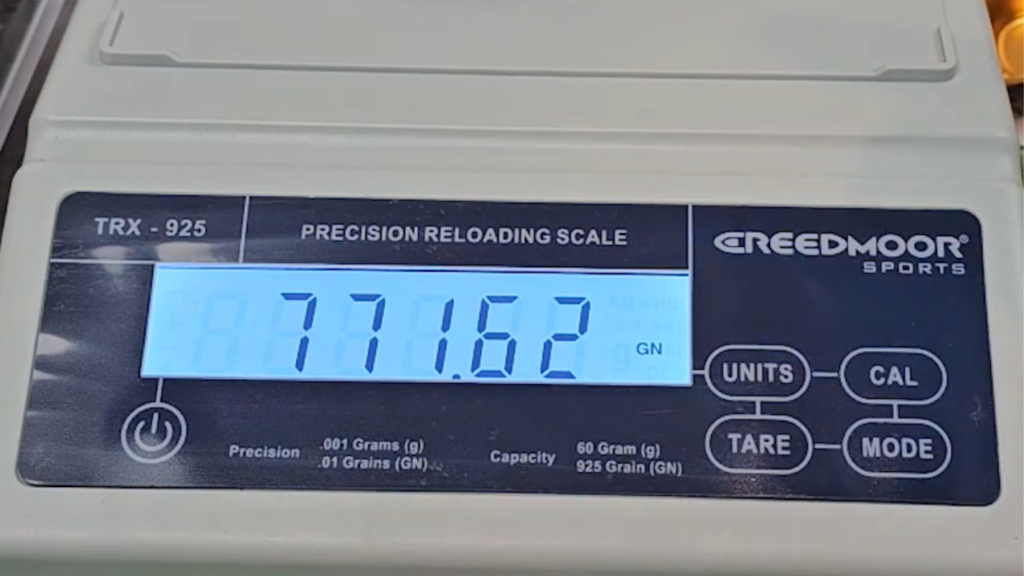
I recommend having your check weight storage containers open and on standby before starting the calibration sequence. If you’re clumsy like myself, this will help avoid fumbling around and wasting time before the calibration sequence times-out, or worse, you drop one of the finely tuned check weights and dent or otherwise contaminate them.
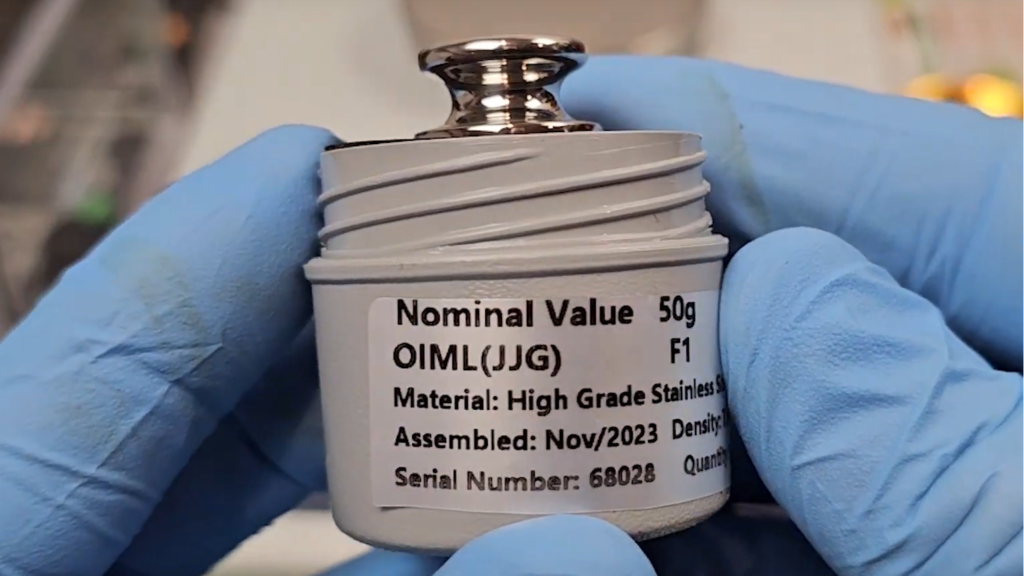
Helpful Tips To Getting More Stable Readings:
- Stable and Level Surface
- Isolated from Vibration
- Don’t lean on bench
- Don’t use press while measuring
- Use included Draft Shield
- Avoid air drafts from Open Windows, Heaters, AC Units, Ceiling Fans, Dehumidifiers, or even breathing on the unit
- Temperature Stable Environment
- Avoid Fluorescent Lighting

